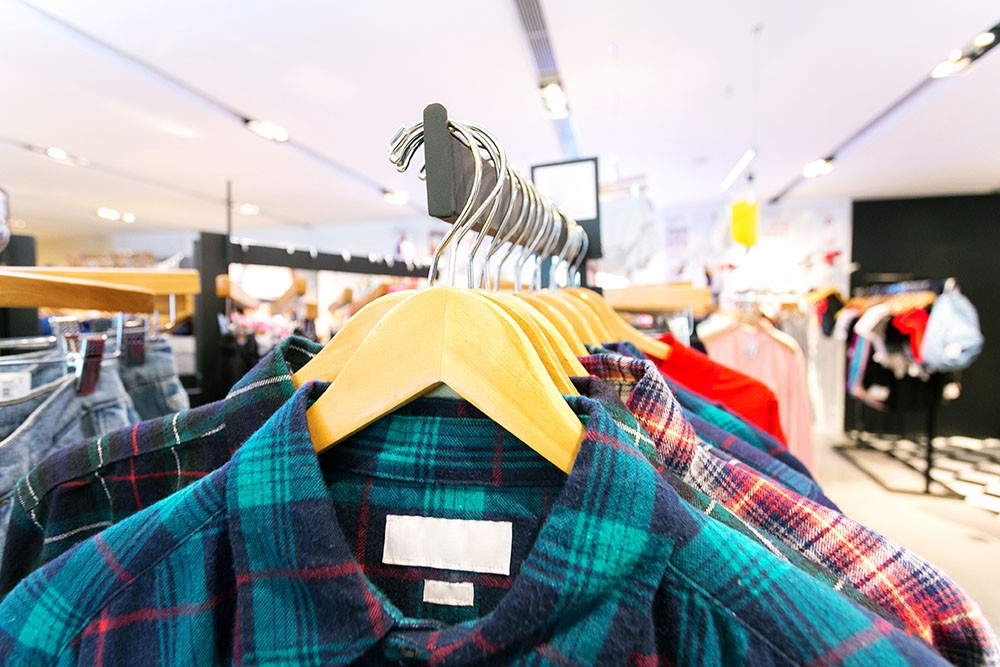Electronic article surveillance is one of the most effective strategies employed by retailers in the war against theft.
It’s efficacy is so highly regarded, the Global Retail Theft Barometer notes 73 per cent of retailers employ EAS in a bid to combat the US$123.4 billion cost of shoplifting that occurs annually.
That said, EAS is only as good as its implementation and application. Its reliability depends on being up-to-date and applying the right tag to the right product in an era when thieves are increasingly savvy and tips on shoplifting are but a Google search away.
If you’re finding security tags on the floor and items have been stolen, it’s telling you something very important about your EAS.
Here’s an insight into why that might be the case and what you should do to swing the security tag battle back into your favor.
Why am I finding tags on the floor?
If you’re a retailer who has gone to the effort of investing in and affixing tags to your merchandise, there are few scenarios more frustrating than realizing shoplifters have circumvented the system.
But the truth is there are some very simple and entirely preventable reasons this may be happening.
Here are just a few…
Insufficient magnet strength
Most security tags rely on magnets as their locking mechanism. That means they close using magnetic force and are reopened using a magnetic detacher. And they come in different strengths ranging from Standard to SuperLock, HyperLock and Multipolar.
Not so long ago, standard strength tags would have sufficed when it came to combating shoplifting, and many retailers still only have standard strength tags in operation.
But now detachers for these can be purchased on the internet, and thieves can also access a host of tips and tricks to circumvent this locking strength.
As a result, Superlock is the recommended minimum strength, with Hyperlock and Multipolar offering additional security.
Wrong tag shape
Just as tags have different strengths, they also come in different shapes and sizes, with some more readily circumnavigated than others.
When it comes to tag shape, the less surface area a would-be thief can use for leverage, the more difficult a tag is to prise open.
That sees clam shell shaped tags less prone to tampering.
Incorrect pin head size
All clothing tags comprise two elements, the pin component (or back) that passes through the garment, and the locking mechanism EAS tag (front) that houses and secures the pin using a magnet or mechanical mechanism.
If you’re finding complete unopened tags on the floor, chances are the shoplifter is pushing the pin head through the garment or cutting a small hole in an item to remove the tag.
A solution to consider in this instance is employing larger pin heads. Larger pin heads are not only harder to illicitly remove but deter any shoplifters from trying as they are more likely to damage the garment, reducing its value or aesthetic appeal.
The right tag for the right item
While apparel is usually secured with clothing tags, other items like fashion accessories require a different approach. Handbags and shoes, for example, might be better protected with cable tags or lanyards that connect into security tags.
If you’re finding cable or lanyard tags on the floor, it might indicate your lanyard or cable is not reinforced and can be easily cut. Lanyards and cables are available with metal reinforcement which makes them much harder to sever and remove the tag from an item.
Extra measures available
In addition to looking at the strength, shape and pinhead size of your security tags, it might also be worth employing some additional deterrents in the form of benefit denial, such as ink tags.
Ink tags deter shoplifters from attempting to remove a security tag illegally as tampering with the tag causes indelible ink to permanently stain the item.
Meanwhile, loss prevention is always a multi-faceted approach. In addition to EAS, it should involve further strategies like staff training, staff screening, camera surveillance, and good store layout with high value items positioned so they are visible to staff.
